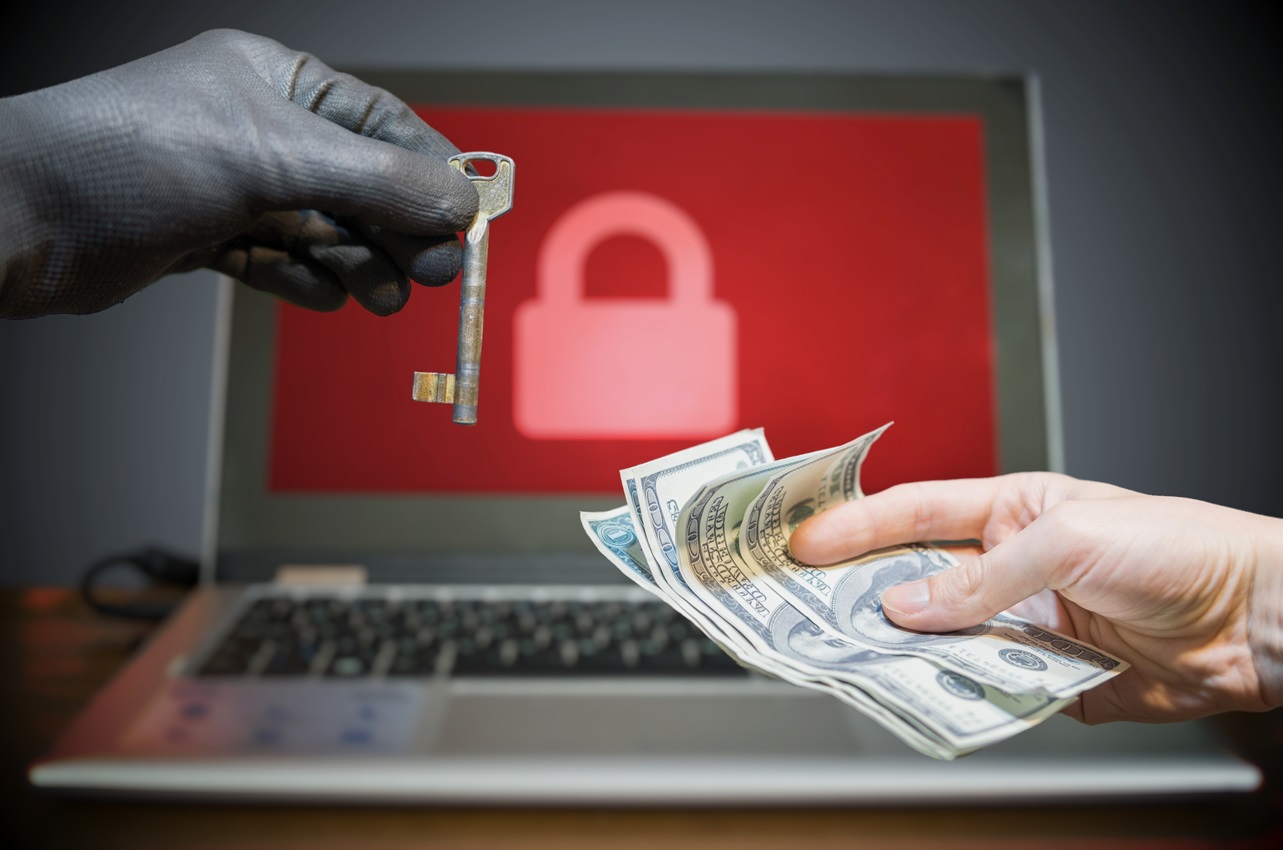Ransomware attacks are the most common form of cyberattacks and every organization, big or small, becomes a victim of such cyber-crimes. It’s often a nightmare for such organizations to fall victim to ransomware attacks. In such situations, cybersecurity professionals shouldn’t lose their cool and act promptly.
They must also remember it’s not only them who are under attack. Out of all the cyber attacks happening worldwide, 17% of them involve ransomware. That’s a big number, right?
What is ransomware?
Ransomware attack involves the use of malware or malicious software that is being injected into the victim’s system in one way or another (such as individuals clicking malicious links coming from phishing emails, installing malicious software, etc.) and keeps the data and device locked till the time the victim pays the hacker the demanded ransom amount.
In a recent survey conducted among 1350 organizations, it was found that 78% suffered a successful ransomware attack (IBM).
Often, the ransom is demanded in the form of Bitcoin and other forms of cryptocurrencies which are hard to track. Once the payment is done, the hackers provide them with decryption keys to unlock their devices.
So, does that mean if your device is locked with malware, you can’t do anything?
No. now cybersecurity professionals can employ various techniques to contain the extent of ransomware attacks and follow some simple steps to protect their organization’s sensitive information.
Handle ransomware like a pro
Step 1: Act Smart and do the basics
· Keep the affected system isolated
Ransomware variants after affecting a system can also infect other connected devices. Therefore, it becomes important to isolate the affected system as soon as possible. Their ethernet cable should be unplugged, and Wi-Fi or Bluetooth should be disabled. Also, consider disconnecting backups since most of the new ransomware variants target the backups to make recovery harder.
· Keep a proof of ransom note
This step involves taking a picture of the ransom note visible on the affected system through a camera or smartphone and keeping it safe for filing a police report or maybe as proof while filing a claim with the insurance company.
· Tell your organization’s security team that your device is affected and they will work with their initial response guidelines.
Step 2: Remove malware from the system
This is going to be a tough job in your cybersecurity career to detect and remove malware from affected systems. Once the cybersecurity professionals are notified of a ransomware attack, they hasten to get the device unlocked and make it run. However, it is a complex job and isn’t as simple as it sounds.
You need to follow these steps:
– Determine the type of attack variant. There are many cybersecurity tools available that can help you identify what kind of ransomware attack occurred in your system. This will give you a better understanding of which files have been accessed to lock the device.
– Browse for decryption tools online. Websites like No More Ransom provide a decryption tool to unlock your encrypted system. You simply need to put the name of the variant of malware you identified in the previous step.
Step 3: Recovering device and data
Though it is often a very complex and difficult job to remove ransomware software from the affected device, if you were successful in the previous step to gain access back, it’s time to start the recovery process.
You must see if still any file is infected or malicious. Then update your system password with quite a strong one. Download your backup files and ensure they are all available in your local system.
Pro tip: Consider enrolling in top cybersecurity certification programs to learn how to technically handle ransomware attacks, and different kinds of cyber threats, and recover devices without any harm.
Additional Steps to Ensure Future Security
· After everything is normalized, try conducting a security audit. This will help you analyze where it went wrong and how your system got infected.
· Ransomware is a kind of extortion and a serious crime. And therefore, it must be reported to the concerned authorities including police, FBI, or other law enforcement officials.
· These professionals often have enough experience to decrypt files and systems as they frequently come across such situations.
Should you pay the demanded ransom amount?
Well, finalizing whether to pay or not can be a tough decision. It is recommended that you try all the viable options to unlock and retrieve the system and data. Also, consider whether the system data is worth the amount in demand. If you find that data loss could be much more harmful than the payment, then it’s better to pay and get the system unlocked.
But keep in mind, paying the ransom amount doesn’t guarantee you will have your device unlocked and your data will remain as it is. Mostly hackers receive the money and then never revert with a decryption key or any message.
Conclusion
A ransomware attack is a more prevalent form of cyber-attack, where organizations, individuals, and government systems and devices are also on the attack. It is, therefore, very much necessary to have important security measures in place and try to minimize such attacks. Every employee must be trained on using strong passwords, avoid phishing emails from unknown senders, and should be provided with a proper awareness program. These collective efforts can strengthen overall security and help mitigate ransomware attacks.

